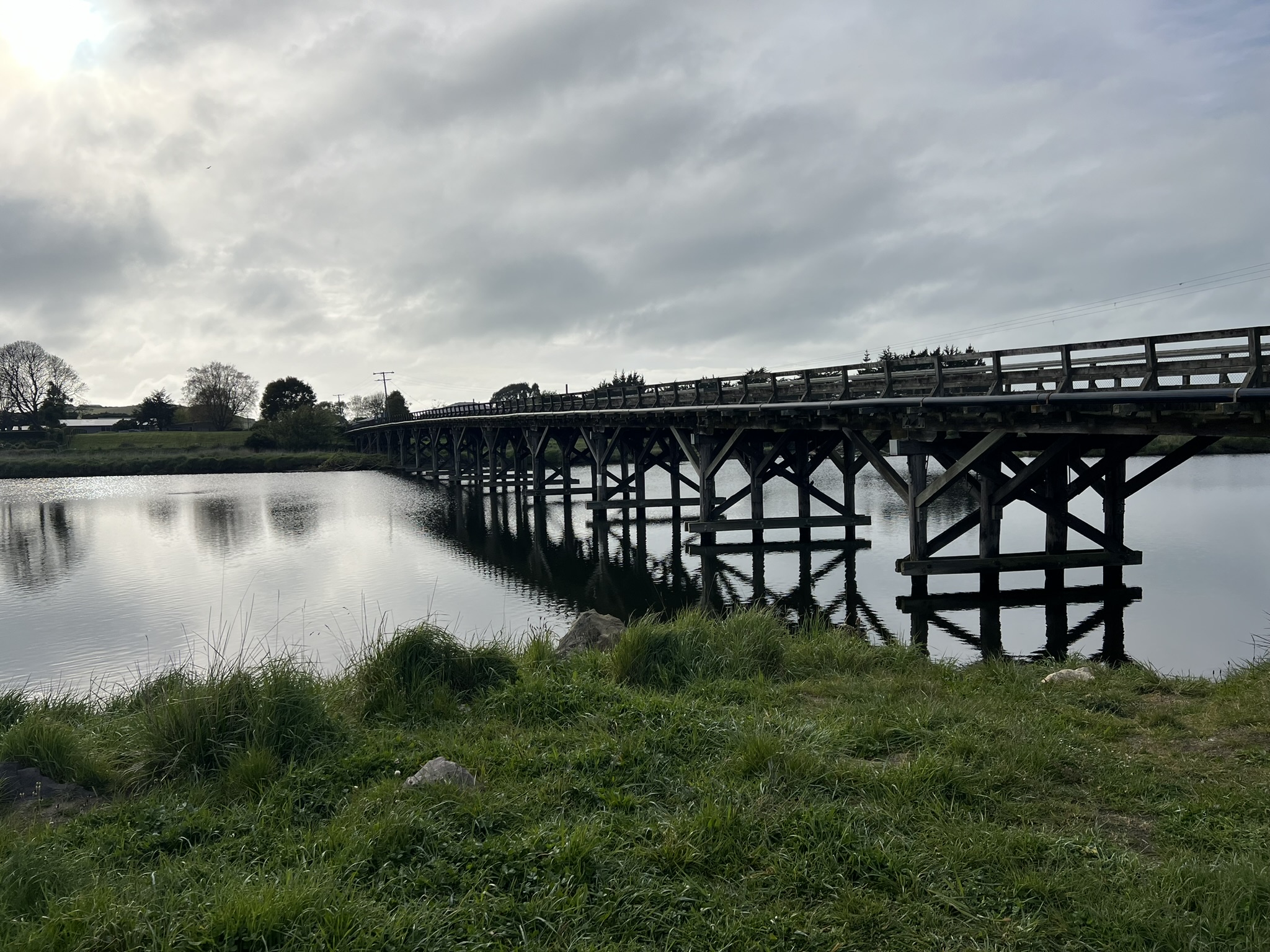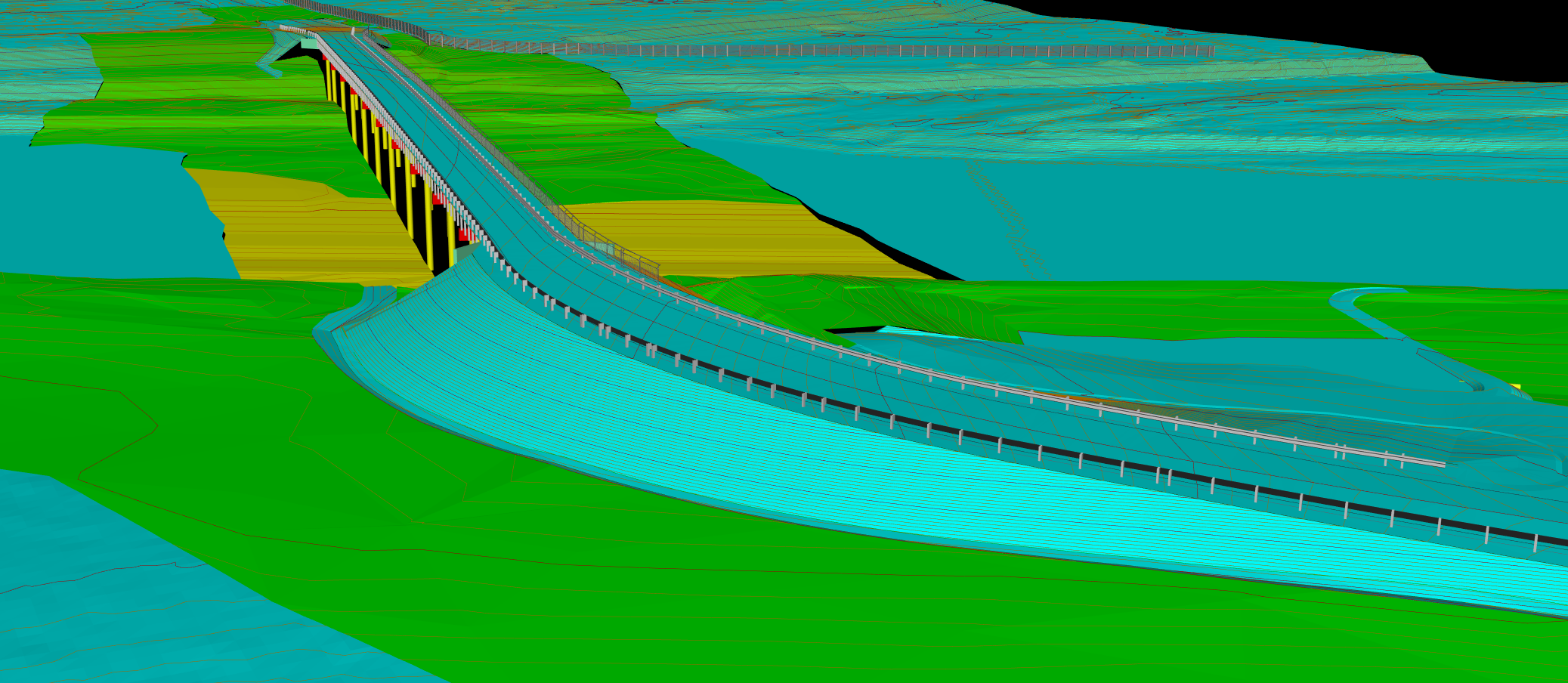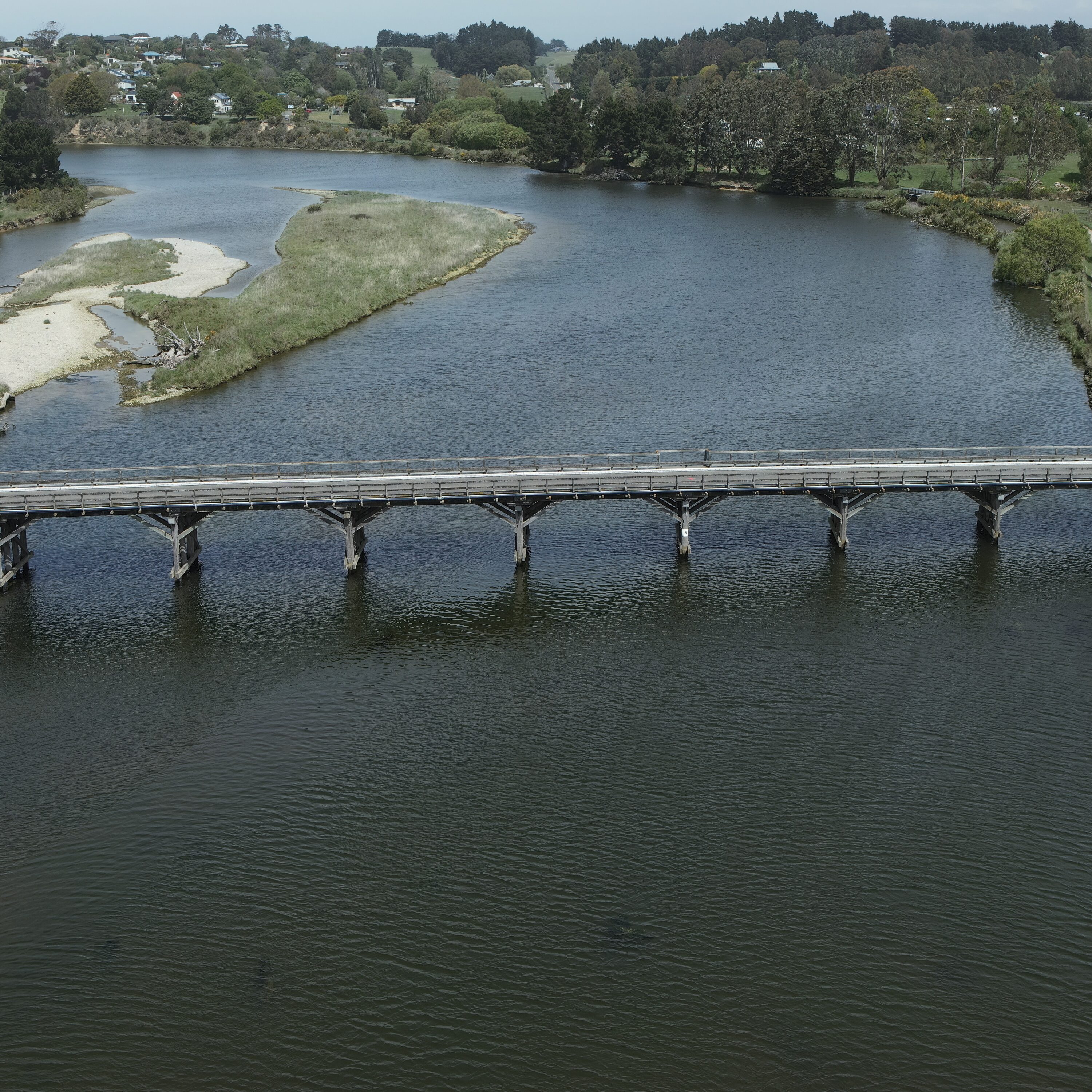-
Keeping Kakanui Connected
Waitaki District Council required a cost-effective, low-maintenance bridge that supported long-term three waters and utility integration. Land Matters played a central role in delivering this, undertaking the detailed geometric and civil engineering design as well as planning and designation services to enable the project.
-
Delivering a new bridge while keeping the community moving.
Our Services Included:
- Geometric and civil design of the road approaches, three waters infrastructure, and utility corridors
- Topographical surveying of the existing bridge, riverbanks, approach corridors, and affected land parcels
- Design management and coordination of road tie-ins, barriers, signage, and pedestrian access
- Hydrological and flood resilience integration into the bridge and approach design
- Resource management planning, including designation alteration under s181 the RMA
- Stakeholder engagement and statutory approvals, led by Bryce Holmes
- Property and land access documentation to support land acquisition processes
-
Every element, from flood levels to pedestrian access, was engineered with the community in mind
- Replace the aging Kakanui River crossing with a cost-effective, low-maintenance, single-lane engineered concrete bridge.
- Maintain uninterrupted local connectivity, including SH1 detour function, throughout construction.
- Integrate three waters infrastructure and future utility capacity into the bridge and approach designs.
- Minimise environmental and property impacts through targeted alignment and planning methodologies.
- Enhance road safety for all users, including provision for pedestrians and cyclists.
- Secure all necessary statutory approvals and land access to enable construction within a compressed timeframe.
The Kakanui Bridge Replacement reinforced the value of early integration between planning and design disciplines. Incorporating statutory processes, such as designation alterations and stakeholder approvals, at the start enabled a smooth consenting pathway and reduced programme risk. Coordinating three waters and utility corridors during the design phase eliminated future retrofit challenges. The project also demonstrated that proactive engagement across teams, combined with clear communication and early risk identification, is essential for delivering complex infrastructure projects efficiently and with minimal disruption.
Delivering innovative property, community
and environmental solutions.
Contact us


